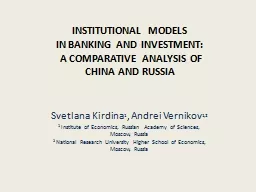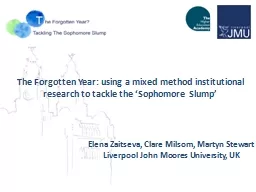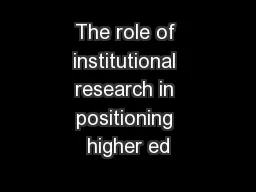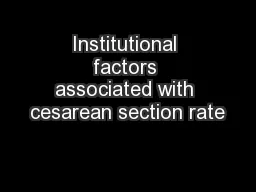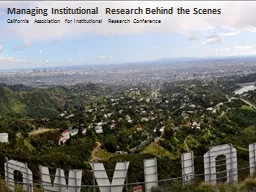PPT-INSTITUTIONAL MODELS
Author : celsa-spraggs | Published Date : 2016-12-09
IN BANKING AND INVESTMENT A COMPARATIVE ANALYSIS OF CHINA AND RUSSIA Svetlana Kirdina 1 Andrei Vernikov 12 1 Institute of Economics Russian Academy of Sciences
Presentation Embed Code
Download Presentation
Download Presentation The PPT/PDF document "INSTITUTIONAL MODELS" is the property of its rightful owner. Permission is granted to download and print the materials on this website for personal, non-commercial use only, and to display it on your personal computer provided you do not modify the materials and that you retain all copyright notices contained in the materials. By downloading content from our website, you accept the terms of this agreement.
INSTITUTIONAL MODELS: Transcript
Download Rules Of Document
"INSTITUTIONAL MODELS"The content belongs to its owner. You may download and print it for personal use, without modification, and keep all copyright notices. By downloading, you agree to these terms.
Related Documents

